CHINA, IRENA COOPERATION
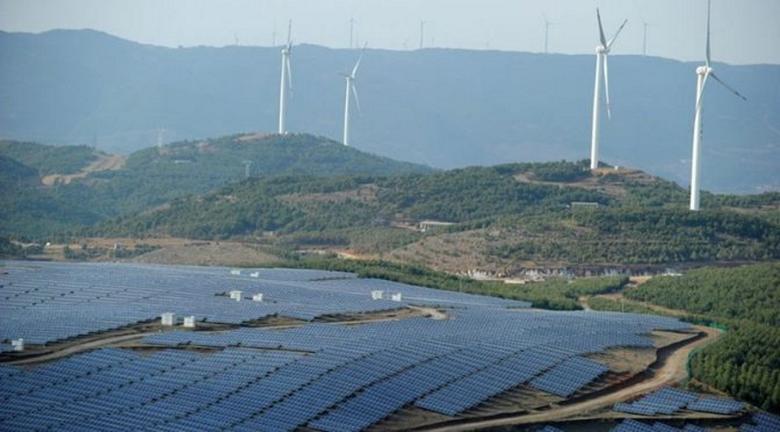
РЕЙТЕР -
-----
Раньше:

2018, March, 14, 11:45:00
REUTERS - U.S. West Texas Intermediate (WTI) crude futures CLc1 were at $60.77 a barrel at 0753 GMT, up 6 cents, or 0.1 percent, from their previous settlement. Brent crude futures LCOc1 were at $64.62 per barrel, down just 2 cents from their last close.
|

2018, March, 7, 15:00:00
РЕЙТЕР - К 9.17 МСК фьючерсы на североморскую смесь Brent опустились на 0,85 процента до $65,23 за баррель. Фьючерсные контракты на американскую лёгкую нефть WTI к этому времени торговались у отметки $62,07 за баррель, что на 0,85 процента ниже предыдущего закрытия.
|

2018, March, 7, 14:00:00
EIA - North Sea Brent crude oil spot prices averaged $65 per barrel (b) in February, a decrease of $4/b from the January level and the first month-over-month average decrease since June 2017. EIA forecasts Brent spot prices will average about $62/b in both 2018 and 2019 compared with an average of $54/b in 2017.
|

2018, March, 5, 11:35:00
РЕЙТЕР - К 9.28 МСК фьючерсы на североморскую смесь Brent поднялись на 0,33 процента до $64,58 за баррель. Фьючерсные контракты на американскую лёгкую нефть WTI к этому времени торговались у отметки $61,44 за баррель, что на 0,31 процента выше предыдущего закрытия.
|

2018, March, 4, 11:30:00
МИНФИН РОССИИ - Средняя цена нефти марки Urals по итогам января – февраля 2018 года составила $ 65,99 за баррель.
|

2018, February, 27, 14:15:00
РЕЙТЕР - К 9.18 МСК фьючерсы на североморскую смесь Brent опустились на 0,15 процента до $67,40 за баррель. Фьючерсные контракты на американскую лёгкую нефть WTI к этому времени торговались у отметки $63,80 за баррель, что на 0,17 процента ниже предыдущего закрытия.
|

2018, February, 27, 14:05:00
МИНФИН РОССИИ - Средняя цена на нефть Urals за период мониторинга с 15 января по 14 февраля 2018 года составила $66,26457 за баррель, или $483,7 за тонну.
|
CHINA, IRENA COOPERATION

PEI - July 5, 2021 - With the aim to accelerate the deployment of renewable energy to mitigate climate change, the Chinese government has extended its cooperation with the International Renewable Energy Agency (IRENA).
The agreement between IRENA and Chinese Ministry of Ecology and Environment will enhance cooperation on the energy transition between the two to ensure China moves closer to its 2030 carbon emissions reductions and 2060 carbo-neutrality targets. China has pledged to peak emissions before 2030 and achieve carbon neutrality before 2060.
As part of the MoU, the two have agreed to:
- Explore ways and make suggestions to promote the implementation of the country’s climate actions.
- Exchange knowledge, international experiences and experience on renewable energy development, market trends and policy development
- Strengthen co-operation on the promotion of climate finance and investment
- Promote technology innovation
IRENA is expected to learn best practices for renewable energy market deployment from China. In 2020, China deployed the most capacity compared to any other country, accounting for a 40% share of the global market with 85GW added to the country’s energy mix. Today, China accounts for close to a third of globally installed renewables capacity owing to low power costs, mature supply chains and good quality renewable resources places.
IRENA estimates that renewables have the potential of supplying over 90% of China’s electricity needs by 2050 with more than 60% coming from solar and wind.
Francesco La Camera, director-general of IRENA, said: “China is a close partner in accelerating a renewable-based energy transition nationally and around the world.
“Taking into account the fundamental role renewable energy plays in achieving the Paris Agreement goals, this MoU will strengthen our collaboration on China’s efforts to achieve its decarbonisation objectives. By closely working together, we can also enhance international co-operation to the benefit of other countries undergoing a transition. By combining our forces, IRENA and MEE will work towards promoting sustainable development in the context of the energy transition.”
-----
Earlier:
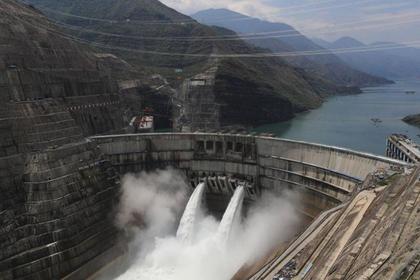
2021, June, 29, 13:25:00
CHINA'S HYDROPOWER 16 GW
China Three Gorges Power Corporation (CTGPC) has started to produce power from the first two 1 GW units of the 16 GW Baihetan hydropower plant on the Jinsha River, the upper section of the Yangtze, between the borders of the southwest provinces of Yunnan and Sichuan (China).
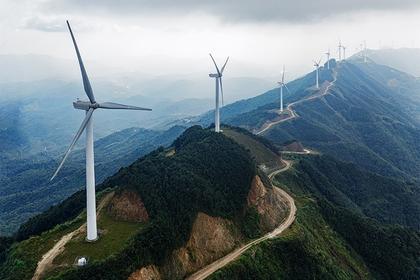
2021, June, 28, 13:30:00
CHINA'S CLEAN ENERGY TRANSITION
The Plan targets non-fossil fuel energy reaching only 20% of China’s energy supply by 2030; this means that coal must remain China’s dominant electric power generation fuel source for the foreseeable future.
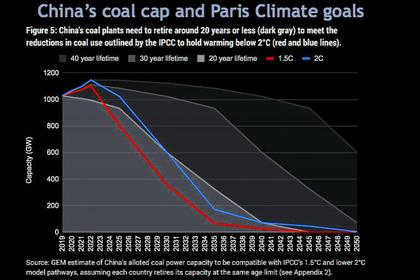
2021, June, 24, 12:10:00
CHINA NEED COAL
A conservative estimate would be for coal consumption of around one billion metric tonnes in 2050, still contributing 10%-15% of China's total energy consumption
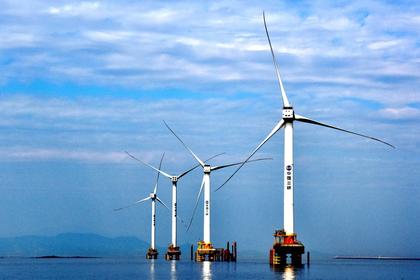
2021, June, 9, 12:30:00
CHINA'S OFFSHORE WIND $3.6 BLN
China Three Gorges Renewables (75% owned by China Three Gorges Corporation) had a total capacity of 11.9 GW as of September 2020, with 58% of wind, 40% of solar and 2% of small hydro.
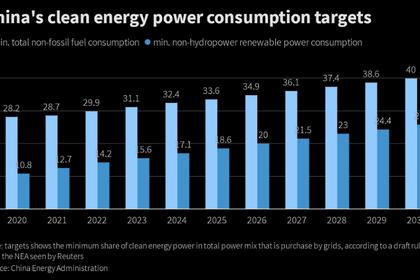
2021, May, 25, 12:25:00
CHINA RENEWABLE TARGET 90 GW
China's installed wind and solar capacity has surged in recent years from 174 GW in 2015 (131 GW of wind and 43 GW of solar) to 535 GW in 2020 (281 GW of wind and 253 GW of solar),
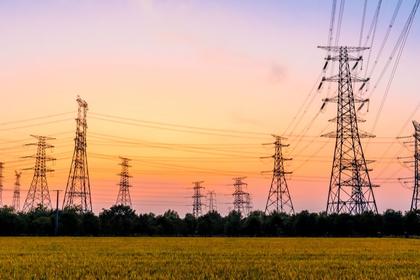
2021, April, 13, 13:15:00
CHINA, IRENA ENERGY AGREEMENT
The agreement aims to advance the global energy transformation towards a net zero energy future particularly in developing countries, in the context of achieving the Paris Agreement objectives and the UN Sustainable Development Goals.
All Publications »
Tags:
CHINA,
IRENA




















